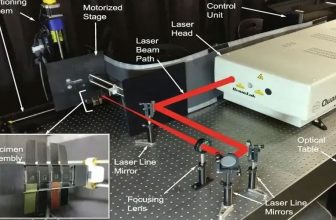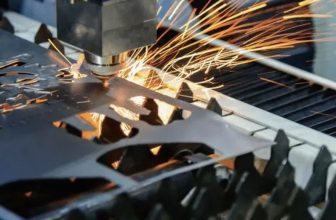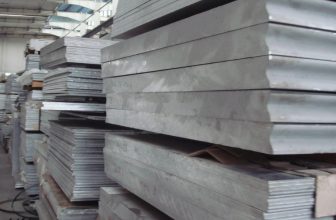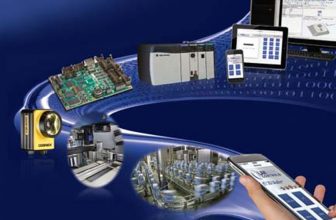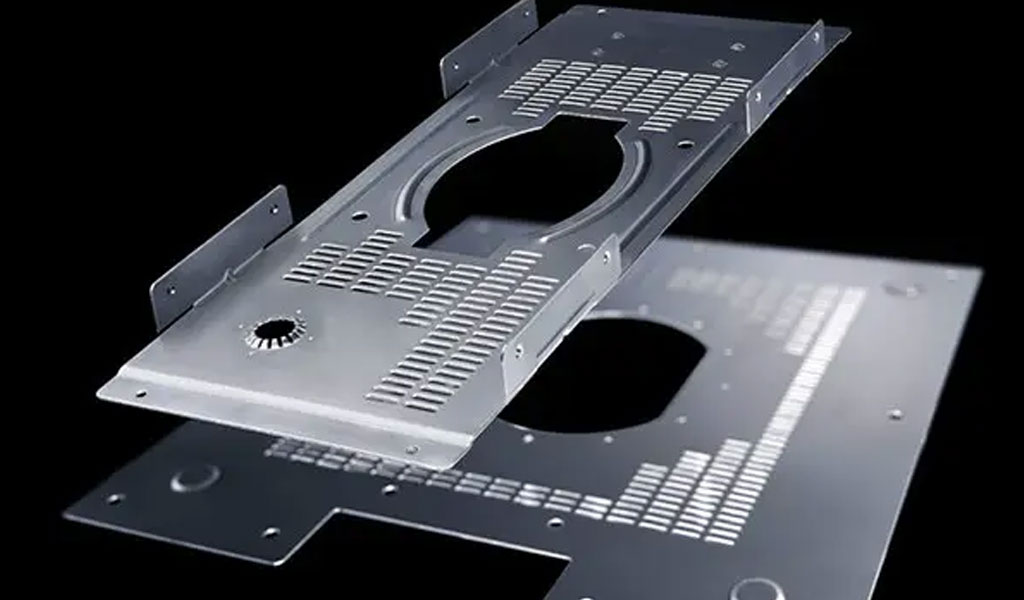
Sheet metal fabrication is no longer unfamiliar to us and has already been applied to life, but what are the requirements for sheet metal density in sheet metal fabrication ?
Density is very different from the sheet metal fabrication technology of low-density cabinets. We will use simple and clear data and charts to show the different sheet metal fabrication characteristics, which is convenient for colleagues to refer to.
In the construction of data centers, it seems that there is always a “Tobe, orottobe” puzzle. Everyone knows that an inch of land is an inch of gold in terms of the area of a data center. If you want to effectively use the space area, using a high-density cabinet layout seems to be a good choice. There will always be experts who will come out and tell you a set of “terrible data”. ”: The latest blade server racks are 15kW, desktop server racks are 1.5kW, and modular server racks are 5kW. High power consumption will inevitably generate local high temperature, which makes the temperature gradient change larger, and ventilation and cooling become an impossible task.
Advantages of using high-density racks However, the benefits of high-density racks are obvious, at least higher computing power and availability can be obtained. Another challenge comes from security costs (eg: smoke alarms/square foot), but it does not result in a clear cost for high density. In addition, the expected high level of monitoring given to higher densities will offset the aforementioned headwinds.
Will Low-Density Cabinets Save Money?
Lighting costs more in low-density spaces. 1.6 kW/sq. ft. of lighting is required in spaces greater than 18,000 sq. ft. Increased maintenance costs also contributed to the increase in costs to a certain extent.
Cost Comparison Of High-Density Cabinets And Low-Density Cabinets
IT equipment accounts for a large portion of the total budget. The figure below lists the cost comparison of high-density cabinets and low-density cabinets in terms of CFD design cost, lighting cost, IT equipment (cabinet), cooling cost, and total cost of ownership.
In the design structure of Cloud Cube, great attention is paid to the air flow in the box. For better airflow distribution control. The “precious” cool air must be delivered where it continues to cool. At the same time, in order to deal with higher heat load density, the cooling capacity of Cloud Cube can be changed with the change of IT load, which not only improves the cooling efficiency, but also effectively saves energy. Realized effective reduction of TCO (total cost of ownership)
It can be seen that the cost of high-density container data centers is lower. In the above example, the total savings is $5,200,000, or one year’s electricity bill.



